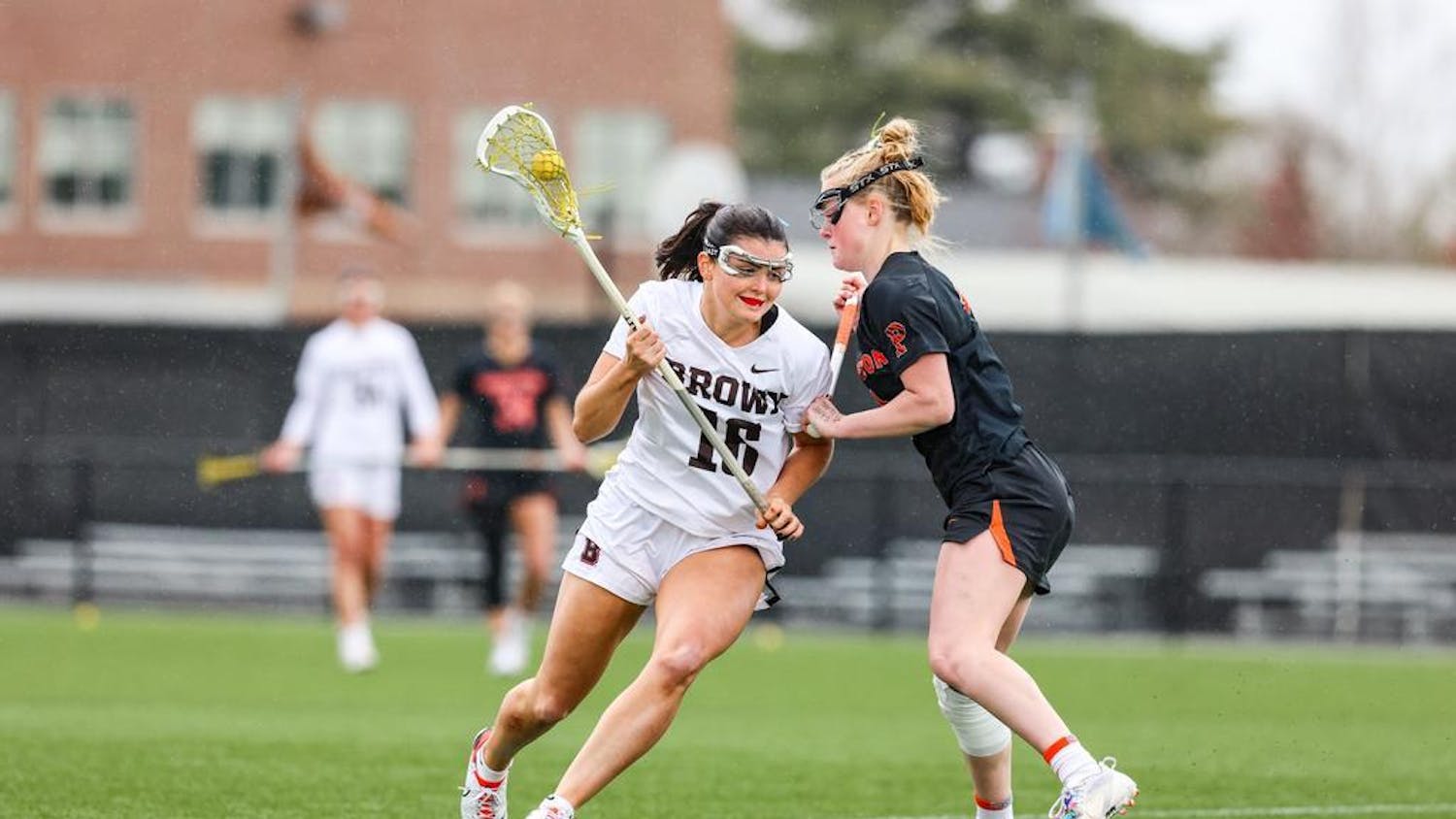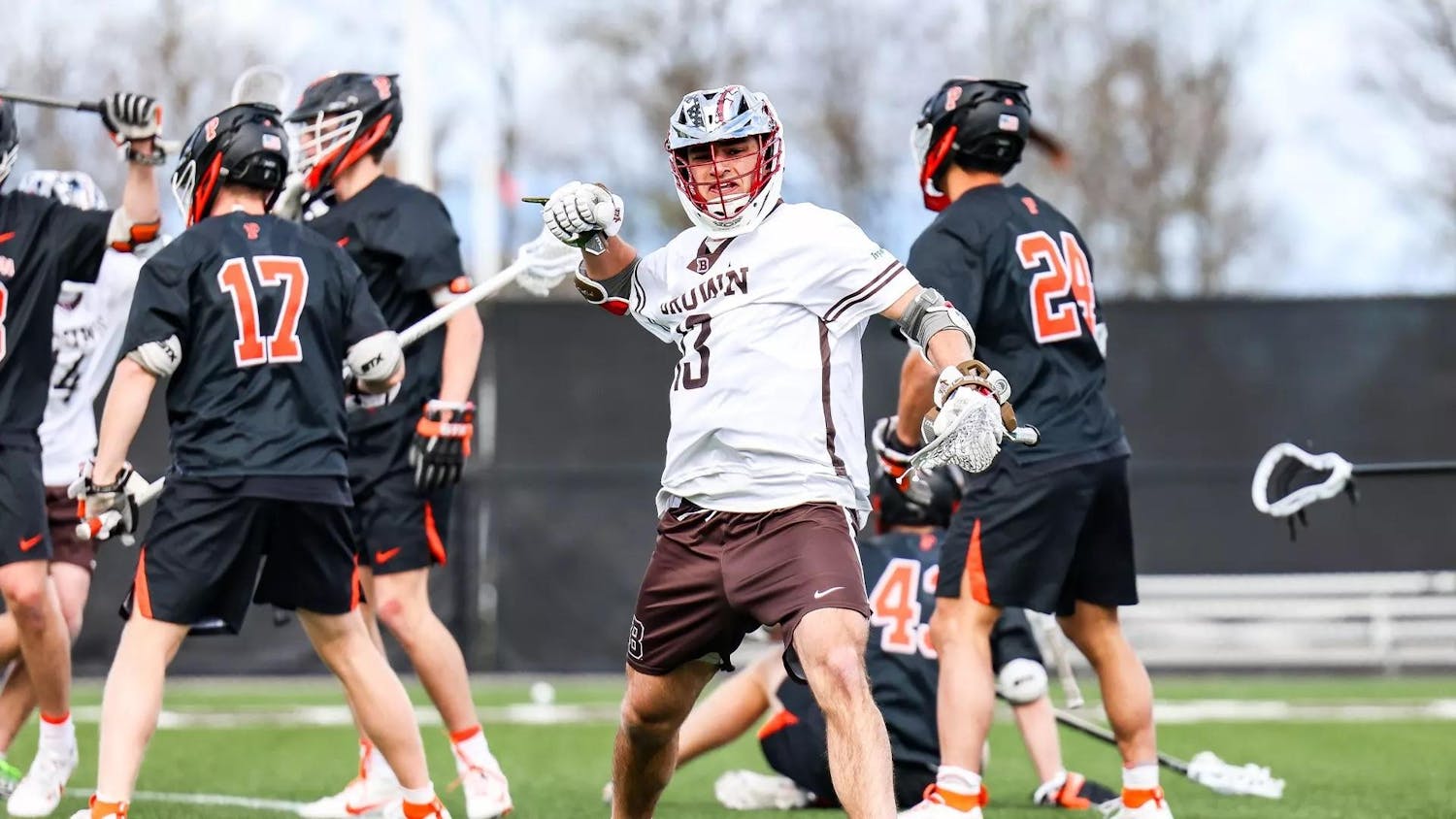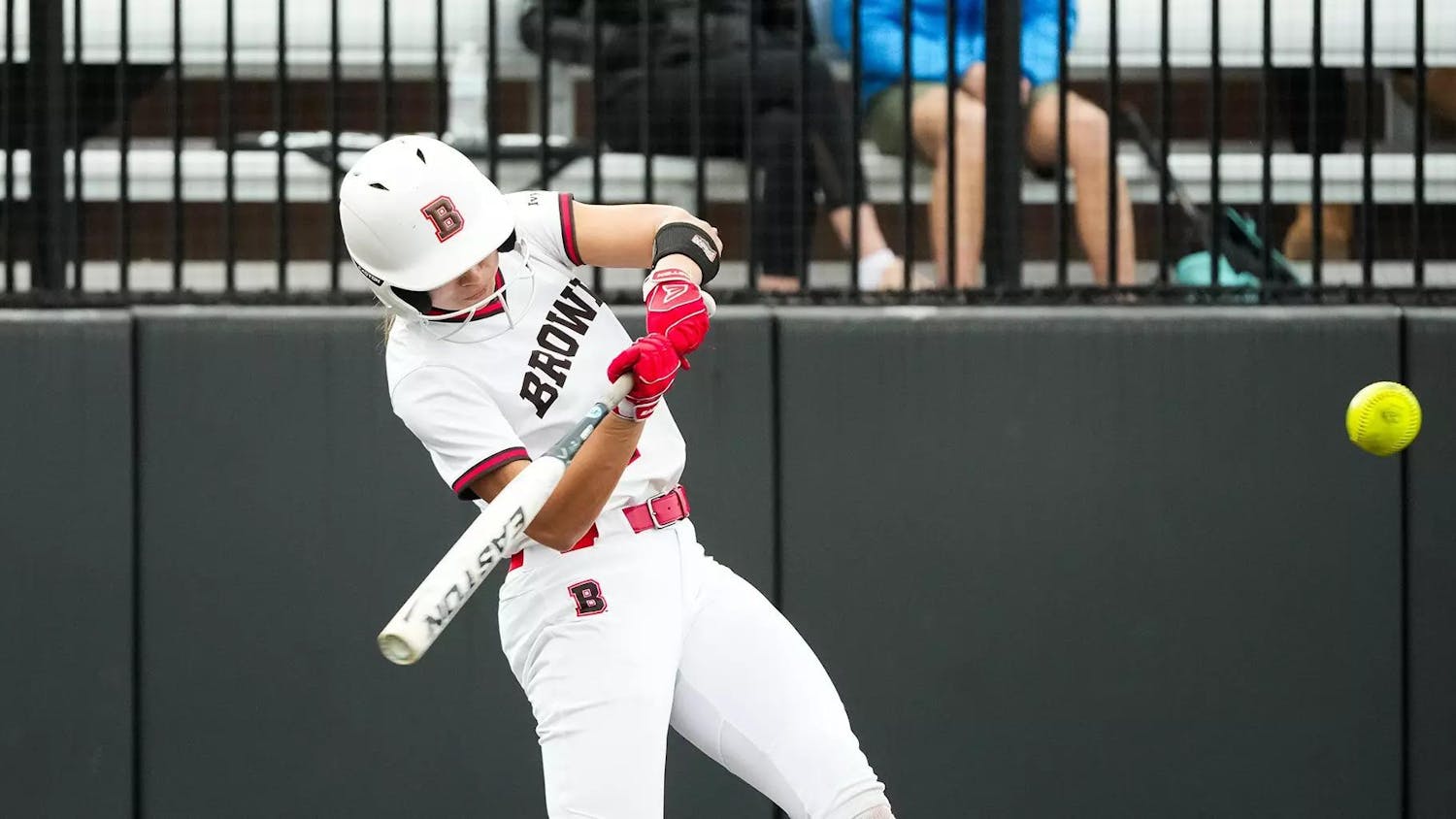Two weeks ago, the Baseball Writers’ Association of America — the BBWAA, or as I tend to refer to it, the BBWTF — released its Hall of Fame ballot. It will announce the inductees Jan. 18. Based on history, the voters will somehow screw it up.
On one level, the BBWAA’s awfulness is easily illustrated: It simply selects the wrong players. Alan Trammell, with a career 70.4 Wins Above Replacement is not in the Hall of Fame, while Phil Rizzuto, with 40.8, is. Jim Rice, who over his career amassed a .298/.352/.502 slash line, 47.4 WAR and 382 home runs, is in the Hall of Fame, while Fred McGriff and his .284/.377/.509, 52.4 WAR and 493 home runs are not. Keith Hernandez is not in the Hall of Fame, despite a career .384 on-base percentage, a 60.0 WAR and the greatest defense at first base of all time. And don’t get me started on Gil Hodges.
It may seem shocking that baseball writers — those who understand the game better than anyone (I speak sarcastically, as you’ll see) — could repeatedly fail so badly. But then, consider the people we’re talking about.
For instance, look at long-time voter Marty Noble. In 2015, Noble voted for only Greg Maddux, Tom Glavine and Jack Morris — out of a possible 10 votes — and defended his ballot in inane fashion: “The candidacies of Maddux and Glavine made this vote easy and enjoyable. … They’re automatic; there was no need for research or investigation. Morris never has approached automatic status, but he clearly deserves the benefit of the doubt. I don’t want 28 people entering the Hall at once, so I limited my checks on the ballot to three.”
Translated: Noble voted not with “research or investigation,” but rather, based on his emotions at the time. Mike Piazza and Jeff Bagwell, apparently, were not “automatic,” whatever that means, and also did not “clearly deserve the benefit of the doubt.” I don’t know why Morris clearly did deserve it; maybe Noble found something in his research that explains it. Oh, wait. Also, somehow, voting for 10 people, even if all 10 deserve induction, could lead to “28 people entering the Hall,” so this practice should be avoided.
As another example, consider ESPN’s Pedro Gomez. Explaining his decision not to vote for Piazza on the 2015 ballot, Gomez didn’t even bother to offer false evidence of steroid use. Rather, he cited “suspicions” — bringing to mind our president-elect’s statement: “I’m speaking with myself, because I have a very good brain.” He then complemented his secretly sourced suspicions with an argument that was downright bizarre: “Yes, greatest offensive catcher in the history of the game. No doubt about that. But does that make you automatically included in the Hall of Fame? Because Mark McGwire is arguably the greatest home run-hitting first baseman of all time, and he’s not in. … Mike Piazza was a catcher because he couldn’t play anywhere else.”
To recap, Piazza, (admittedly!) the greatest offensive catcher in baseball history, does not belong in the Hall of Fame because Gomez has heard things, and also somehow because of Mark McGwire. The observation that he “was a catcher because he couldn’t play anywhere else” is especially strange. For one, Piazza was a net-positive defensive catcher. For another, catcher is the hardest position on the field to play. One might as well suggest that Einstein was a scientist because he wasn’t good at anything else.
All this to say what? That Hall of Fame voters are no longer the unparalleled baseball experts they once were, and we shouldn’t be surprised when they mangle this year’s ballot beyond belief.
Jeff Bagwell and Tim Raines, at the top of the ballot, will probably get in. This is good, though it’s long overdue. But multiple candidates on the ballot belong in the Hall of Fame and will likely receive far less than 50 percent of the vote.
For example, Edgar Martinez and Larry Walker are both Hall of Fame-caliber players, with career WARs of 68.3 and 72.6, respectively. Martinez was a designated hitter, and Walker played at mile-high Coors Field; combined with their playing during the steroid era, this is likely why neither has been inducted. Neither is fair: DH is a valid position just like any other, and Walker can hardly help where he played.
But both of these cases are at least arguable. The case of Billy Wagner, I think, is not — and yet Wagner, this year, will likely receive less than 15 percent of the votes cast.
As a career closer, Billy Wagner compiled an ERA+ of 187. Rollie Fingers, in the Hall of Fame as a reliever, has a career ERA+ of 120. Trevor Hoffman’s is 141. In only his time as a reliever, Dennis Eckersley’s is 136; Hoyt Wilhelm’s is 147; Goose Gossage’s is 126; Bruce Sutter’s is 136. All are Hall of Fame relievers. Billy Wagner is vastly better than each.
So why isn’t Wagner a Hall of Famer? Honestly, who knows? Too few saves — a meaningless statistic? WAR too low, even though he beats Fingers and Sutter? Not enough innings pitched? High ERA, though his is better than those of Sutter, Eckersley, Gossage and Fingers?
It could be anything, but there’s no rational explanation. Rather, Billy Wagner receiving only 10.5 percent support in his first year on the ballot and looking like an extremely unlikely candidate for induction is merely representative of a larger, systemic problem. The BBWAA no longer votes coherently. The only criteria now used in determining whether a player is Hall of Fame material are the gut instincts of voters, which have proven wrong far too often.
James Schapiro ’19 can be reached at james_schapiro@brown.edu.




